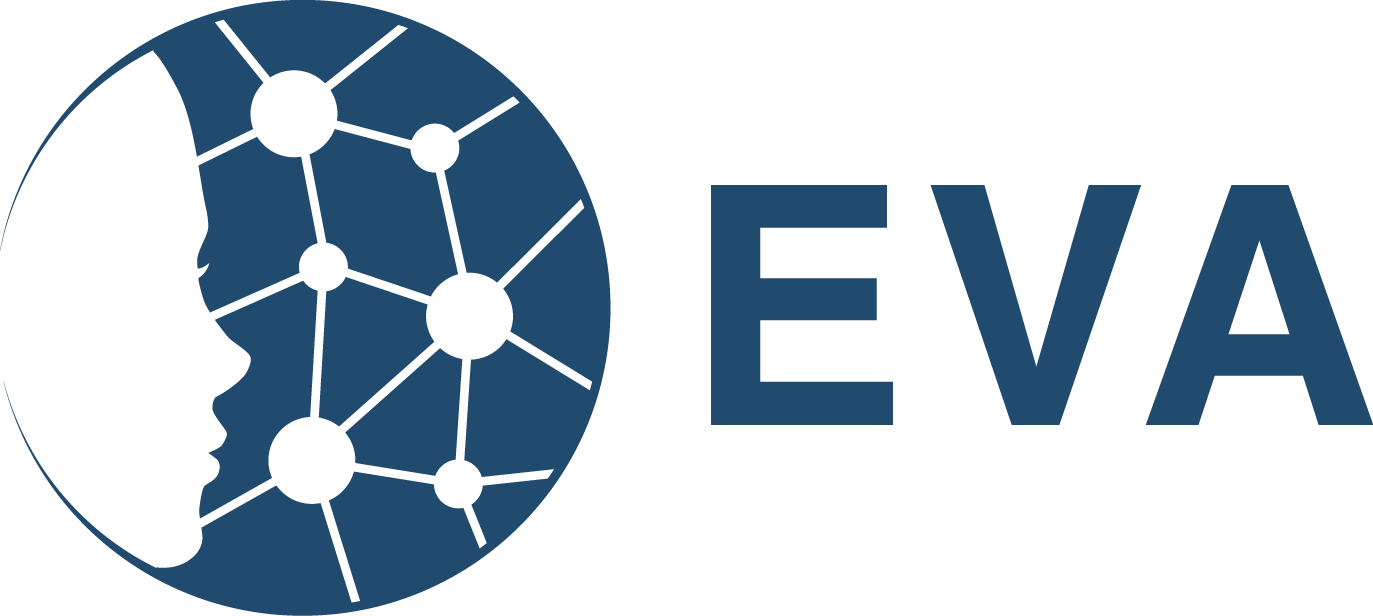HR teams within the healthcare industry are under immense pressure to fill vacancies. The increasing demand for more healthcare professionals, laid against the backdrop of an ageing population a chronic shortage of talent, can make the future of the sector look bleak.
Getting it wrong: Using technology as a fix, not a solution
The wider landscape for HR healthcare professionals demands that teams be more competitive and to fill the broad range of hard to execute vacancies.
Often times, HR healthcare recruitment teams turn to technology as a quick fix for the existing problems within their organisations. The reality is there is no one size fits all for any business. To capitalise on a technology-led solution, it is imperative for healthcare recruiters to identify the processes and have an honest conversation to over areas where your team struggle.
An intimate and forensic review of your capability will help to build a recruitment technology stack that wraps around your existing processes, eliminate inefficiencies and help from you remove problems.
Here are five questions healthcare HR teams should be considering in their strategic plans
1. How much time does my team allocate to sourcing the right talent?
A vacancy in any healthcare position is a haemorrhage of time and cost. It drains teams of persistent motion and reduces the possibility of a hospital being able to provide optimal care. This is why being able to track your talent sources and effectively measure the ROI (based on a historical record of your vacancies) is crucial for HR teams to succeed in today’s candidate-driven marketplace.

Pinning down the best source for your vacancies, per role or job description - transforms the process of sourcing from stagnant databases and reactive methodologies to data-driven, efficient and productive. It empowers your entire organisation to establish clear operating principles and strive for peak performance because there is a measure of how long it takes to hire for one role versus the other.
Simultaneously living in a data-driven methodology, such as Recruitment 4.0, allows for healthcare recruitment and HR executive teams to forecast and budget across individual vacancies and across all openings.
2. Is your team’s overall productivity hindered by repetitive and manual tasks?
According to Deloitte, 51 to 60% of hospitals are at risk of hitting negative margins by 2025 if they are unable to increase productivity. The complexity surrounding hiring within healthcare coupled with the talent shortage means that on average a healthcare HR professional spends nearly 25 hours each week on manual, administrative and repetitive work that can easily be automated.

Process automation technology takes over administrative/repetitive tasks from a hiring team allowing them to focus on high-value and cognitive activities such as delivering insight, having conversations, persuading and informing.
With your team only focused on high-value activities, you are empowering every member of your team to drive productivity and align their role to your organisation’s goals and objectives.
Learn more about process automation technology here:
- Automation is accelerating the process of talent acquisition
- Robotic process automation and its wider impact on recruitment
3. Does our screening process enable us to consistently place the best hires?
Most healthcare HR teams are sitting on a goldmine of data, from the candidate information stored within their systems to the invaluable recruiter knowledge that could be leveraged within their team.
The process of screening across industry and job-level specific roles in healthcare can not only be daunting but time-consuming. The best recruiters leverage industry knowledge and years of know-how to screen and shortlist the most relevant talent to a vacancy.

HR technologies with screening capabilities, ingest the requirement for a role and search an existing database or third-party job board to build shortlists. At EVA.AI we combine this approach with machine learning around recruiter decision-making, analysing the impact of each progression/rejection on the outcome of the vacancy.
Building a screening process around internal and external database searches powered by machine learning ensures that your team is leveraging all the data at its disposal to its full potential.
4. Can our current candidate experience process be improved?
50% of surveyed hospitals said they did not see an increase in applicants in 2018, 15% said they saw slightly less and 6% said they saw significantly less compared to six months prior (HospitalRecruit).
Think about it, you’ve gone through the hard process of sourcing the right candidate in this already competitive marketplace, you’ve screened them and they fit into your ideal talent persona. The last thing you want to do is lose quality talent as a result of poor engagement.
In numbers - 60% of job seekers have had a negative candidate experience, 72% of this demographic will share their grievances online. Astonishingly, 60% of all employers have seen a negative review of the hiring process online. 55% of candidates will not apply to an institution if it has negative online reviews. HospitalRecruiting reports that bad online reviews can increase the cost per hire up to 10%.

It is impossible to meet the expectations of the candidate experience without technology. Investing in a candidate such as chatbots or engagement automation ensures that your talent is nurtured and informed as they move through pipelines. Glassdoor reports that HR teams that invest in candidate experience improve their quality of hires by 70%.
5. Does our hiring strategy target passive candidates?
If your HR team does not consider passive candidates in the hiring process, you are at risk of missing out on approximately 70% of the talent marketplace. Passive candidates are an amazing asset to have in your toolbox because they are not actively looking for a job, meaning that there is less competition for their services.
Over half of the passive talent pool is open to switching jobs or working somewhere else. Forward-thinking teams are incorporating innovative technologies in social sourcing, combining video ads with chatbots to strategically reach passive candidates on platforms such as Instagram and Facebook.
Getting it right: Recruitment 4.0
Recruitment 4.0. It’s an automation-first approach which seeks to tackle the longstanding challenges healthcare HR teams face on a daily basis. Companies that deploy automation solutions can realise substantial performance gains and take the lead in their industries, even as their efforts contribute to an increase in business productivity and return impactful savings to an organisations P&L.



